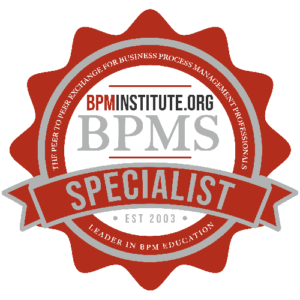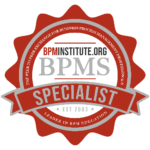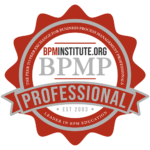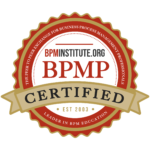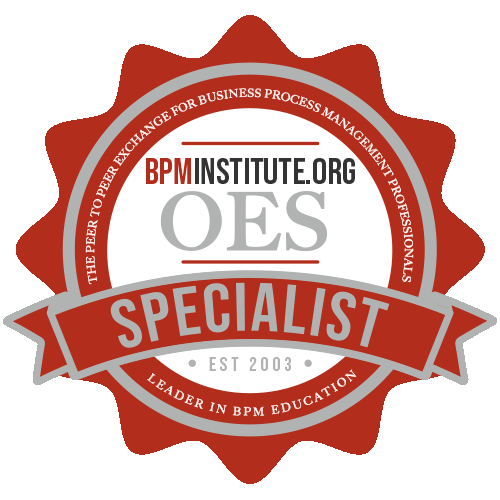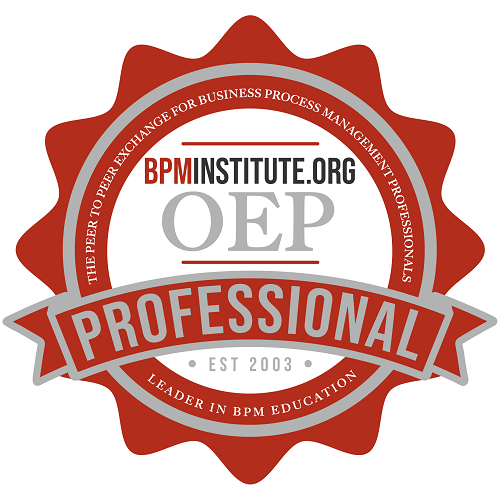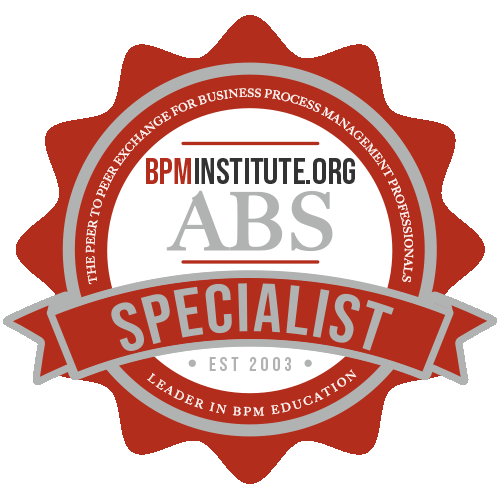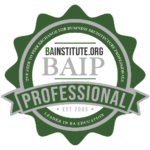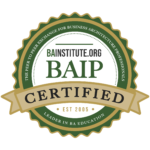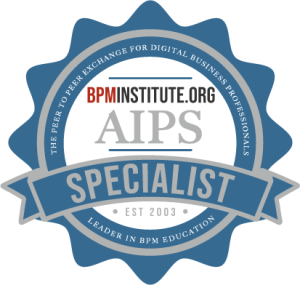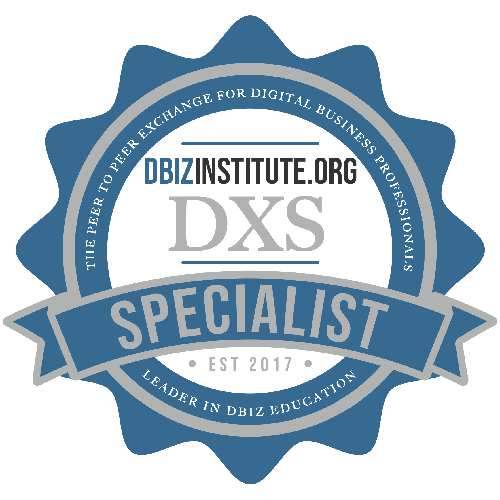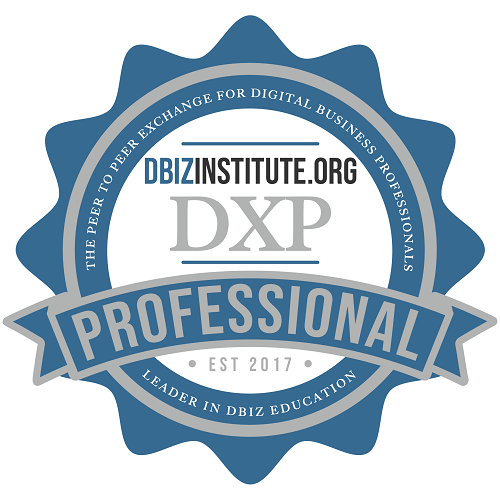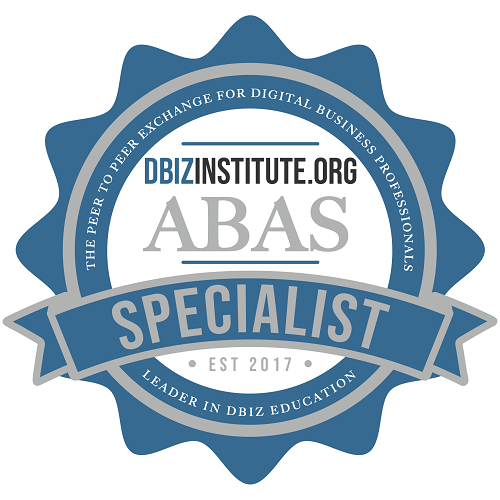Leading an organization requires managers to periodically take a step back and assess the organization’s operations to truly see the cards they have in their hand. An awareness of the current situation gives managers that critical understanding of their strengths and their deficiencies – necessities when plotting a future course of action. Without such knowledge, any strategy or plan floats without connection to reality and this is a surefire way to ensure confusion and chaos reign in the employee ranks.
Assessing organization capabilities requires the investigator to employ a level of diligence beyond normal. To paint an accurate picture requires they slide into the trenches with the troops and experience firsthand the daily fray. Ideally the investigator is distanced from the daily grind and views operations without any personal engagement or biases. The focus of this assessment is not external stimuli such as evolving market forces or the customer. The focus is on the base level operational elements and how the pieces fit together to manufacture outputs. This awareness is of paramount importance when leadership opts to change direction.
A technique our team utilizes to identify how processes operate today – and thereby tag the capabilities of the organization – is called Hi-DEF Process analysis. DEF stands for the measures by which we evaluate processes – Defined, Efficient, and Flexible. To further clarify these terms from the analytical angle:
- Defined – A process is defined when it has been deliberately built to achieve a specific outcome. Undefined processes are accidental and occur when people adopt the existing practices by mirroring their colleagues or craft them on their own when nothing currently exists. Such processes are rarely optimal – injecting inconsistency and confusion into operations. For a high performing organization, processes should be aligned to the strategy/intent of the organization and adjusted as changes occur in the direction.
- Efficient– Efficient is defined as the degree to which a process has been assessed and changed to make it more cost effective, more streamlined, or more scalable to volume. Additionally, efficiency includes the magnitude by which a process maximizes the value it generates for the associated cost in resources, time, and focus.
- Flexible– Flexibility is defined as the degree to which a process can be adjusted to shifting priorities of the consumer, other stakeholders, and leadership. Often processes are inflexible due to external contracts with partners, governmental regulations, or because the technology supporting the process is hardcoded. A process with a high degree of flexibility allows the organization to rapidly and cost effectively adjust to leadership directives.
To deliver an apples to apples comparison across the processes, we commonly assign the assessed processes a high, medium, or low ranking – or we may use a numerical ranking (i.e. 3 high to 1 low) for each of the measures.
Every process will not rank high on each of the three measures. And it is not critical or even desirable for a process to rank high on all three measures. An organization with high rankings across the board is likely overinvesting in areas. There are trade-offs to be made when viewing processes – sometimes due to cost, expediency, or other factors. Indeed, a defined process is often much more important for startups that are simply trying to get their product out the door. Efficiency often comes later once the start-up is more established. Similarly flexibility is likely not a priority in the early days of any business venture – especially when time to market is important. But as product markets mature, efficiency and flexibility become more important as they are the route to increasing profitability and allowing strategic maneuverability.
When conducting this type of assessment, we rank the major processes of the organization – generally between 5-10 processes. We focus on the most important processes or process groupings. Once complete, we step back to view the big picture. Many times, the answer jumps off the page – particularly when the results are mapped against leadership projections of sales, volume, customer counts, or other metrics. Are the sales and marketing processes sufficient to acquire the forecasted number of customers? Is manufacturing ready to meet the sales estimates? Can distribution and transportation deliver the product to all the target markets?
The benefit of this approach is that it provides a starting point for understanding where the organization is today – a full picture that lasers in on the weak spots in the existing process structure. Knowledge is power. Through this quick view of operations, the team gains a shared awareness of the starting point and hastens their ability to plan next steps.




